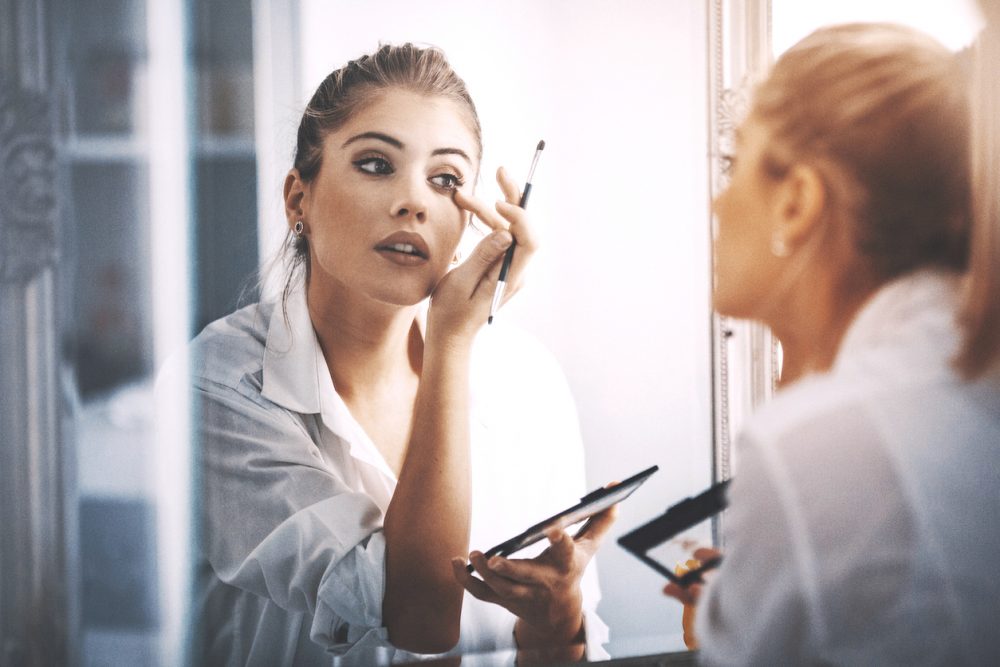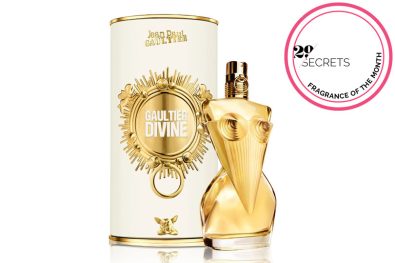PSA: If it isn’t already, sun protection should be one of your top skincare priorities right now, especially if you’re concerned about anti-aging, or improving the look and feel of your skin. But it’s understandable that even the most committed beauty-enthusiast might feel inclined to skip a few steps every now and again ” typically beginning with your sunscreen. However, a lot of the time, people never skip their makeup.
This is why many people, myself included, have likely picked up a lip balm or foundation because it claims to have SPF in it. It’s the best of both worlds: skincare/sunscreen and cosmetics all-in-one. Having sun protection and a beauty product in one seems like a great idea, especially if you want to streamline your beauty regimen. But do any of us really know how much SPF is actually needed to be effective? I spoke to a dermatologist for the straight goods on makeup with SPF and what you really need to be looking for.
Make sure you’re protected against UVB and UVA rays
A lot of people may not know this, but both protection against UVB and UVA rays aren’t always guaranteed when you purchase sunscreen. UVB rays are more commonly recognized; they’re what causes sunburns and, according to Dr. Neal Schultz, a New York City dermatologist, and host of DermTV.com, “can be an important factor in causing melanoma.” UVA rays, meanwhile, can cause premature aging of the skin, as well as most skin cancers. When purchasing anything related to sun protection, you need to look at the SPF rating. This is what tells you if a product protects against UVB and UVA rays, so look for products labeled with UVA protection or “broad-spectrum protection” (which includes both UVB and UVA) on the label.
Schultz notes that while all UVB rays are blocked by window glass, most UVA rays aren’t, which means that you’ll need sun protection if you’re planning to spend a lot of time driving in a car, for instance. This is why he says “it’s crucial to use sunscreen with UVA AND UVB protection all year round, every day, rain, snow or sun.”
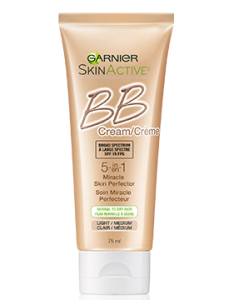
Use both sunscreen and makeup that contains SPF
It might be tempting to use cosmetics with SPF instead of sunscreen, maybe to save yourself some time getting ready in the morning. However, Dr. Schultz says that you should use both, “sunscreen first, then foundation.” He says this is because you don’t put the same amount of foundation everywhere on your face, “and when was the last time you put foundation on the top of your ears or back of your neck [where sunscreen should go]?” He makes a good point. Also, most makeup products contain low levels of sunscreen and it may not immediately be clear whether they’re protecting you against both UVA and UVB rays. So think of makeup with SPF as added insurance against the sun, but not your number one UV shield.
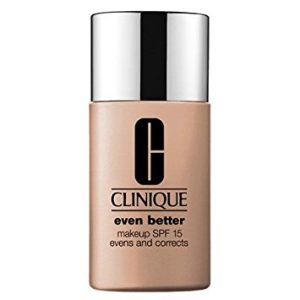
Choose your products wisely
Know that not all SPF cosmetics are created equal. Dr. Schultz says that brands like Garnier and Clinique, for example, make great makeup that contains added SPF. Also, consider what kind of cosmetics you’re using with SPF to determine how effective they’re going to be. For example, a liquid foundation that contains SPF is likely going to be better at protecting your skin from the sun than a powder blush with SPF, because while foundation is meant to be applied onto the entire face, something like blush is usually applied sparingly, and only in small areas.
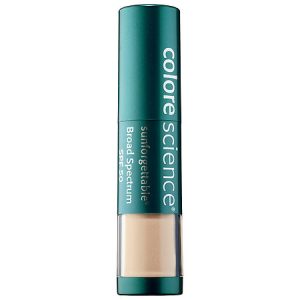
Always reapply your sunscreen during the day
“Even if you’re not doing any activities “ let’s say you’re just sitting under an umbrella at the pool or at the beach and you’re reading “ you need to re-apply every three to four hours because you’re always perspiring even though you can’t feel it,” says Schultz. And remember to reapply your sunscreen immediately after swimming or sweating, even if your sunscreen claims to be water-resistant. Don’t want to ruin your makeup? Try using a powdered sunscreen such as Colorescience Sunforgettable Loose Mineral Sunscreen SPF 50, a mineral-based ‘screen with a natural tint that can be worn under or over makeup and is great for on-the go touch-ups.
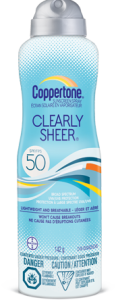
Convenience isn’t always best
Spray-on sunscreens are popular because of their ease of use and almost invisible finish, but they may not the best when if comes to protecting your face from the sun. “Because you can’t see or feel them, you don’t know whether you’ve missed parts of your skin,” says Dr. Schultz. When used properly though (and by that, we mean giving yourself a good spray-down), a sheer spray sunscreen can be great for reapplying your SPF over makeup. We like Coppertone Clearly Sheer Spray for Body SPF 50 because it’s lightweight and won’t clog pores.

